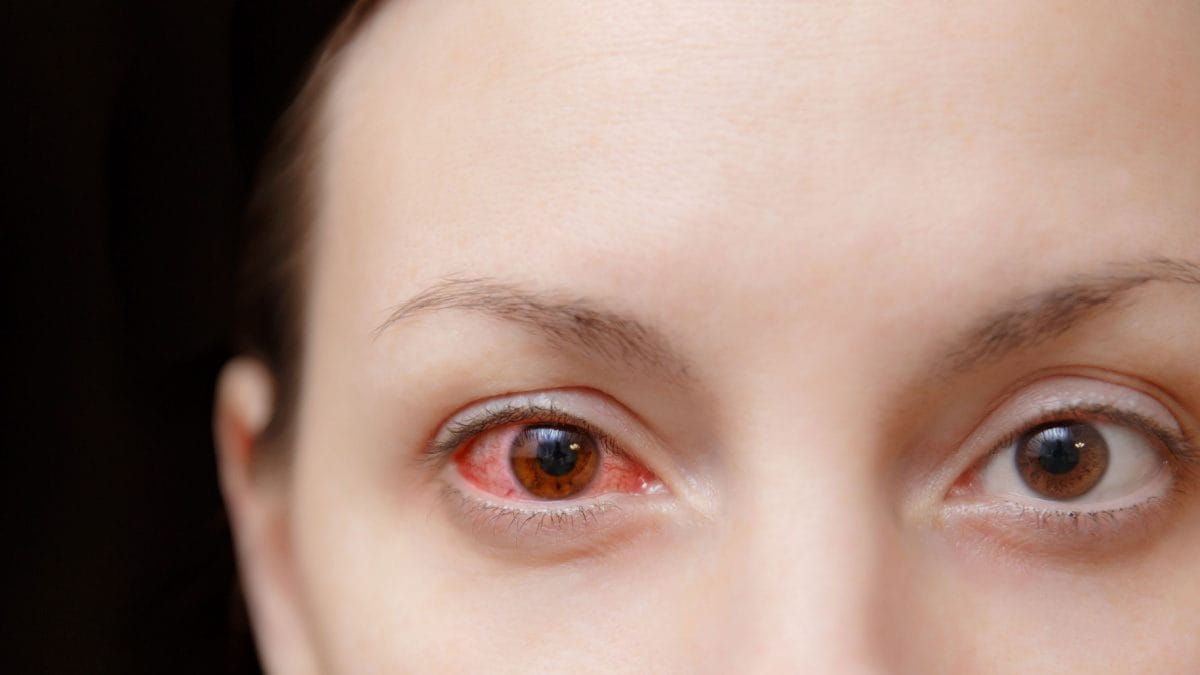Infection
‘Conjunctivitis Surge an Epidemic’: Doctors Say Infections Likely to Peak Soon | All You Need to Know
Watery discharge, irritation, itching, swelling of the lids, redness and pain in the eyes – these are the top complaints of the majority of patients visiting emergency departments of hospitals and eye clinics in northern India.
Blame the heavy monsoon and humid weather conditions. Doctors are calling the surge in eye infections an “epidemic”, which is likely to peak in the next few days or possibly in the next one week.
India’s largest public hospital, All India Institute of Medical Sciences, New Delhi, is recording more than 100 cases of conjunctivitis every day. Similarly, on Monday (July 24), the Holy Family multi-specialty hospital in the national capital recorded 40 to 42 cases of conjunctivitis out of almost 72 patients who walked into its ophthalmic out-patient department (OPD).
“In early July, we started seeing almost 60 patients with conjunctivitis each day; this number rose to 80. Now, we are noticing almost 100 patients with the same diagnosis every day,” Dr JS Titiyal, the chief of Dr RP Centre for Ophthalmic Sciences at AIIMS, told News18.
“Right now, the cases are surging and it may exceed 100. It could be labelled as an epidemic of conjunctivitis,” the doctor added.
Dr Titiyal said this year, the cases were “slightly more” than previous years, which could be due to heavy rains and flooding. “This epidemic is expected to hit the peak soon and cases will start going down by the first week of August,” he added.
Echoing a similar trend, Sumit Ray, medical director at Holy Family Hospital, said, “At least half of the patients in our ophthalmic OPD are coming in with similar complaints. Every second patient is diagnosed with conjunctivitis.”
In eye care chains, too, there is a similar trend. “Our outpatient department (OPD) is observing an average of 10 to 15 conjunctivitis patients daily,” said Dr Sanjiv Gupta, director, New Delhi-based iCare Centre.
Why there is a surge in infection cases
Experts said the increase in cases can be linked to the higher and early rainfall this year as compared to the last two to three years. Additionally, in the previous years, people were taking more precautions due to the outbreak of the Covid-19 pandemic that could have helped in reducing the spread of conjunctivitis.
According to Dr Nilesh Giri, consultant ophthalmologist and eye surgeon at Surya Mother and Child Super Specialty Hospital in Pune, the current outbreak is primarily caused by the adenovirus, which is a common virus responsible for conjunctivitis.
“Adenoviral conjunctivitis is a self-limiting condition, and no specific antiviral medications are effective against it,” Dr Giri said.
Ray further said while the viral infection of the eyes settles on its own in a few days, sometimes, secondary bacterial infection can also occur. “In such cases, doctors advise the use of antibiotic eye drops,” he added.
While such infections are contagious and can swiftly travel from one person to another, people generally take five to six days to recover. “In some cases, where infections are topped up by bacteria or other complications, it takes around two weeks to get well,” said Dr Titiyal.
How to exercise caution?
Experts said conjunctivitis is typically self-resolving and rarely causes permanent damage to the eye. But, in some cases, the cornea can be affected and needs treatment.
Doctors advise avoiding touching eyes along with maintaining hand hygiene. “Refrain from sharing towels to minimise the risk of transmission and use medications as prescribed by your doctor and avoid self-medication with over-the-counter drugs,” said Dr Gupta.
Especially for girls and women, doctors suggest that they should avoid sharing eye cosmetics, such as mascara, to prevent contamination. Also, if you are suffering from conjunctivitis, avoid using contact lenses until the issue has resolved while the use of protective goggles is also suggested.
Further, caution should be exercised when using over-the-counter medications containing high-dose steroids. “These medicines may interfere with the delicate development of the eyes, potentially causing complications like corneal opacity and loss of corneal transparency,” said Dr Giri.

